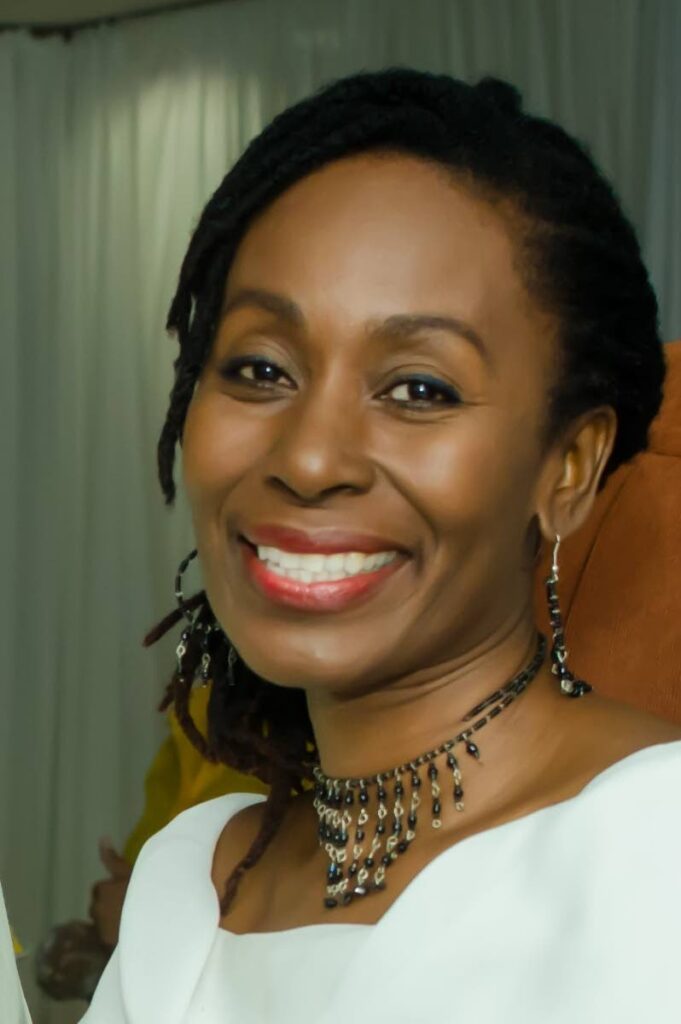Children of the mas

Carnival Origins
Dara E Healy
“As a child, Jouvay (J'Ouvert) was the most exciting experience for me. At 5 am, one could feel the warmth of the sun, just before sunrise…in the distance, one could hear the din of the drums, the beating of the irons and the sound of the tambu bambu (tamboo bamboo), the voices of the participants…the shuffling of feet on the asphalt in the early dawn.”
– Jeff Henry, Under the Mas
TOMORROW the streets of St James will be taken over in a way that is much needed by this community. The colour, enjoyment and innocence of children will be displayed as the St James Children's Carnival Parade celebrates 35 years of children in Carnival.
The modern history of children taking part in Carnival began in 1956, when the British Red Cross organised a carnival for children. It seems the organisation had a long history of participating in Carnivals, using the forum to showcase its first aid services while parading on floats. In 1961, cultural icon Aubrey Adams took over the management, renaming it the Red Cross Children's Carnival.
As we observe current trends in our Carnival, it is important to ask why should children and young people continue to have a voice?
It appears that for a long time the mas was an adult affair. After emancipation, the Jamette Carnival of the 1860s-1890s was a period of cultural freedom and expression. “Jamette women startled bystanders by opening their bodices and exposing their breasts; jamette men threw foul-smelling handkerchiefs into the faces or laps of women on the pavement…Very often, the
pisse-en-lit (wet bed) male masqueraders threw powder and flour on passers-by, while pretending as women, to beautify and powder their faces,” as they mocked European beautification customs.
A few references of children from those early times may be found. In 1848, Charles Day, an Englishman, wrote about Carnival, using extremely derogatory, racist language. However, he did describe young girls dressed “
á la jupe,” that is, in the plaid fabric from the French Caribbean, as "interesting."
By 1881, tensions between the stickfighters, jamettes and the rest of society had reached to a point where the only solution was open confrontation. It is instructive that today we rely on an eyewitness account of the battle between the soldiers and the community from someone who was a child at the time.
It makes sense that children were involved in the battle, as they were witness to everything happening in the barrack yards anyway. During the battle, children were also assigned to pelt stones and whatever else they could find at the British militia.
As we see in the opening quote, historian Jeff Henry displays a similar dedication to his community and Carnival. He lived in Port of Spain around the 1930s or 40s. He describes it as a magical experience. He grew up on Duncan Street, so as a child the surrounding neighbourhood of places like Prince, Queen, Duke, Charlotte and George Streets would have been his playground. Members of his family regularly played mas, so it was normal for him to immerse himself in Carnival.
Today, a special niche in the Carnival space has been created for children. Indeed, the young people taking part in competitions from Junior Calypso Monarch to National Schools Panorama or the Schools Intellectual National Carnival Chutney Soca Monarch understand what is required of them.
Schools participate widely in the traditional Carnival workshops and parades, and it is heartening to see that the Ministry of Education widely supports the participation of children in Carnival and cultural activities in its quest to “advance education reform and student achievement through cultural transformation.”
But there is much to be addressed. Carnival practitioners lament that the costs associated with children's bands continue to rise, effectively excluding more children from Carnival.
Additionally, it is time we focus on Carnival and the creative sector as we do manufacturing or oil and gas. Investment, consistent training and availability of cultural spaces are essential for more access, growth and equity. Barriers to children participating in Carnival make a mockery of the activism and bravery of the children who fought during the Canboulay uprisings.
Tomorrow, the theme of the St James Children’s Carnival is “One Community One Spirit.” Let us embody this idea and make it easier for children to play their mas. It is the mas they fought for; they have a right to it.
Dara E Healy is a performing artist and founder of the Idakeda Group, a cultural organisation dedicated to empowering communities through the arts

Comments
"Children of the mas"